Filter by
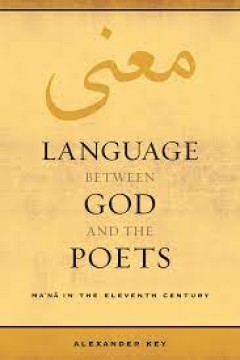
Language Between God and the Poet : Ma‘na in the Eleventh Century
How does language work? How does language produce truth and beauty? Eleventh-century Arabic scholarship has detailed answers to these universal questions. Language Between God and the Poets reads the theory of four major scholars and asks how the conceptual vocabulary they shared enabled them to create theory in lexicography, theology, logic, and poetics. Their ideas engaged God and poetry at t…
- Edition
- -
- ISBN/ISSN
- 9780520970144
- Collation
- 322 halaman
- Series Title
- Berkeley Series in Postclassical Islamic Scholarship
- Call Number
- 800 KEY l
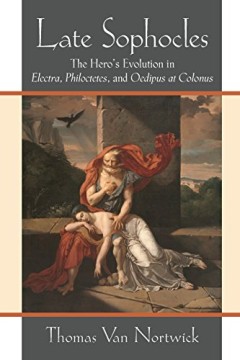
Late Sophocles : The Hero's Evolution in Electra, Philoctetes, and Oedipus at…
Only a few plays by Sophocles—one of the great tragic playwrights from Classical Athens—have survived, and each of them dramatizes events from the rich store of myths that framed literature and art. Sophocles' treatment evokes issues that were vividly contemporary for Athenian audiences of the Periclean age: How could the Athenians incorporate older, aristocratic ideas about human…
- Edition
- -
- ISBN/ISSN
- 9780472119561
- Collation
- 160 halaman
- Series Title
- -
- Call Number
- 800 VAN l

The Journey of a Book : Bartholomew the Englishman and the Properties of Things
De proprietatibus rerum, ‘On the properties of things’, has long been referred to by scholars as a medieval encyclopedia, but evidence suggests that it has been many things to many people. The sheer number of extant manuscript copies and printed editions, along with translations, adaptations, and mentions in poems and sermons, testify to its continuous significance for Europeans of all esta…
- Edition
- -
- ISBN/ISSN
- 9781921313073
- Collation
- -
- Series Title
- -
- Call Number
- 800 KEE j
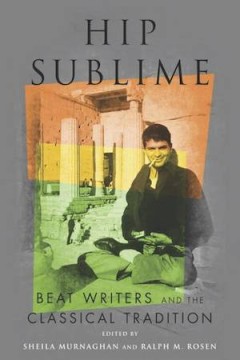
Hip Sublime : Beat Writers and the Classical Tradition
In their continual attempt to transcend what they perceived as the superficiality, commercialism, and precariousness of life in post-World War II America, the Beat writers turned to the classical authors who provided, on the one hand, a discourse of sublimity to help them articulate their desire for a purity of experience, and, on the other, a venerable literary heritage. This volume examines f…
- Edition
- -
- ISBN/ISSN
- 9780814213551
- Collation
- -
- Series Title
- -
- Call Number
- 800 MUR h

Image, Knife, and Gluepot : Early Assemblage in Manuscript and Print
"In this ingenious study, Kathryn Rudy takes the reader on a journey to trace the birth, life and afterlife of a Netherlandish book of hours made in 1500. Image, Knife, and Gluepot painstakingly reconstructs the process by which this manuscript was created and discusses its significance as a text at the forefront of fifteenth-century book production, when the invention of mechanically-produced …
- Edition
- -
- ISBN/ISSN
- 9781783745180
- Collation
- 366 halaman
- Series Title
- -
- Call Number
- 800 RUD i
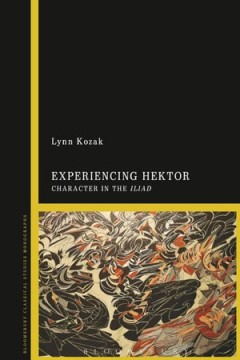
Experiencing Hektor : Character in the Iliad
This book presents a rigorous philological examination of every instance where Hektor enters the Iliad, analysing each entrance's narrative context and style. In so doing, the author challenges and destabilises previous popular and scholarly assumptions about Hektor, and about the Iliad as a whole.
- Edition
- -
- ISBN/ISSN
- 9781474245449
- Collation
- 328 halaman
- Series Title
- -
- Call Number
- 800 KOZ e

Early Greek Poets’ Lives : The Shaping of the Tradition
This book examines the formation and development of the biographical traditions about early Greek poets, focusing on the traditions of Hesiod, Stesichorus, Archilochus, Hipponax, Terpander and Sappho. The study provides a detailed overview of the traditions and chronographical material about these poets and seeks to clarify who were the creators of the particular traditions; what were the sourc…
- Edition
- -
- ISBN/ISSN
- 9789004186156
- Collation
- -
- Series Title
- Mnemosyne, Supplements, Volume: 322
- Call Number
- 800 KIV e
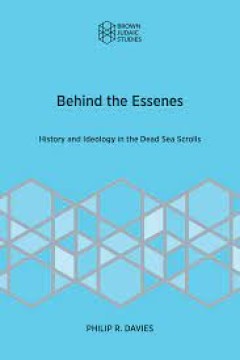
Behind the Essenes : History and Ideology in the Dead Sea Scrolls
A collection of essays by Philip Davies on aspects of the Dead Sea Scrolls. While composed to stand along, together these essays create a strong synthetic argument about the Essenes and the production of the Dead Sea Scrolls that remains important and challenging to the present day.
- Edition
- -
- ISBN/ISSN
- 9781946527219
- Collation
- -
- Series Title
- -
- Call Number
- 900 DAV b
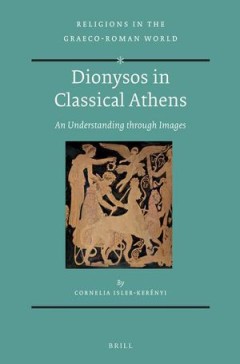
Dionysos in Classical Athens : An Understanding through Images
"Dionysos, with his following of satyrs and women, was a major theme in a big part of the figure painted pottery in 500-300 B.C. Athens. As an original testimonial of their time, the imagery on these vases convey what this god meant to his worshippers. It becomes clear that he was not only appropriate for wine, wine indulgence, ecstasy and theatre. Rather, he was present on many, both happy and…
- Edition
- -
- ISBN/ISSN
- 9789004270121
- Collation
- xx, 290 halaman
- Series Title
- Religions in the Graeco-Roman World, Volume: 181
- Call Number
- 900 ISL d
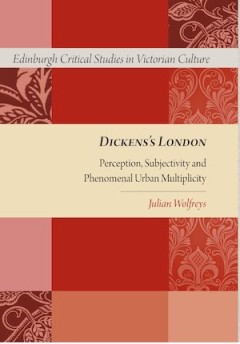
Dickens's London : Perception, Subjectivity and Phenomenal Urban Multiplicity
Taking Walter Benjamin's Arcades Project as an inspiration, Dickens's London offers an exciting and original project that opens a dialogue between phenomenology, philosophy and the Dickensian representation of the city in all its forms. Julian Wolfreys suggests that in their representations of London - its streets, buildings, public institutions, domestic residences, rooms and phenomena that co…
- Edition
- -
- ISBN/ISSN
- 9780748640409
- Collation
- 272 halaman
- Series Title
- -
- Call Number
- 800 WOL d
 Computer Science, Information & General Works
Computer Science, Information & General Works  Philosophy & Psychology
Philosophy & Psychology  Religion
Religion  Social Sciences
Social Sciences  Language
Language  Pure Science
Pure Science  Applied Sciences
Applied Sciences  Art & Recreation
Art & Recreation  Literature
Literature  History & Geography
History & Geography